 The new season brings new food to the menu and will likely inject some new energy into your restaurant as tourism season begins in many parts of the country. As Ashish Alfred, chef and owner of the Alfred Restaurant Group, told Modern Restaurant Management recently, it’s a good time to do some spring cleaning to make sure the back of your house is ready – and to give it a refresh if not. That includes taking a careful look at your menu to ensure you’re focusing on quality over quantity with your options, as well as making sure you’re doing so in a way that is profitable, minimizes waste and simplifies food preparation for your staff. Doing more with less extends to other areas of your business too: Enhance your efforts to cross-train staff to build skills across your team, identify opportunities to automate or simply food preparation and compliance tasks, and review supplier contracts to make sure you’re getting the most you can from your agreements. You may also be able to extend the reach of your business in low-labor ways through online ordering and delivery. Then, think about how you might provide creative, experiential, high-value experiences for your guests in the months ahead. Depending on the range of guests you serve, that could mean planning a series of onsite events that showcase your chef or specialty menu items, or finding new ways to get your food onto guests’ tables in their homes and offices. 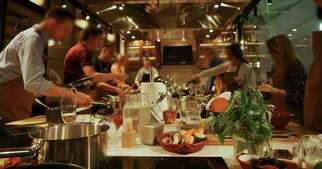 Over the past few years, the expense and challenges of the operating environment have made it necessary for restaurant operators to think more creatively about their business models. For many operators, running a dining room with takeout capabilities is no longer enough to get by – or certainly to grow. As a result, restaurants have been conceiving of new ways to extend their brand well beyond their walls. Restaurants have been reimagined into businesses that are far more multidimensional than they once were – and this is an exciting thing for the industry, even as the outlook for 2024 appears to be more optimistic than it has been in recent years. Beyond the dining room, some operators have been creating retail operations that offer select foods from the restaurant that guests can prepare for special gatherings at home. Some have been diving into education, offering guests an opportunity to learn about regional wines, make handmade pasta or bake pastries. Others are operating wholesale foodservice businesses that ship food to other restaurants around the country, helping them draw revenue during times when their own restaurant is experiencing slower periods. These developments are allowing operators to think beyond the daypart when considering sources of revenue: They are crafting recurring revenue streams through subscription services, for example, and offering classes and events that tap into consumers’ year-round desire to improve their lives by learning new skills. In so doing, these restaurants are weaving themselves into their guests’ lives in different ways. It’s a good way to build loyalty, operate leanly, and offer new kinds of development opportunities to the people you want to hire and retain.  The prospect of a looming recession, along with rising prices on everything from food to fuel, have started to impact how consumers spend – and what budget items they feel they need to adjust to live within their means. While this means people are restricting their spending when it comes to buying takeout food, meals away from home, and travels to far-flung destinations, it also means they are looking to have memorable experiences with friends and family a bit closer to home this year. That’s where there is opportunity for restaurants to fill the gap. Take some cues from Hauste, a new company inspired by meal delivery boxes and motivated by the pandemic-era desire to bring restaurant meals home. As reported by Eater, Hauste develops downloadable dinner party guides – priced at $16 or $26 depending on the size of the gathering – that include a shopping list, menu, recipes, music playlist, design inspiration, checklists, and in some cases, templates for name cards or invitations. What’s more, the guides help the host get organized by breaking tasks down into the days and minutes leading up to an event. If you are a restaurant that prides itself on the in-person experience offered to guests, how can you repackage it as the “staycation” version of that experience? By making it easier for your customers to host a polished, low-stress gathering, you’re also creating opportunities for them to promote you on social media. Socializing and entertainment are still happening right now – and consumers are eager to connect. How can you find new ways to help them gather and celebrate in ways that feel like a great value and can therefore find a place in their budget? No doubt, the past year has been more difficult for restaurants than we care to think about. But the turning of foodservice on its head hasn’t been completely bad. In fact, it has opened some doors – particularly for nimble, entrepreneurial operators who have a knack for posting enticing food photos on social media and the ability to use tech to set up ordering and delivery. As the New York Times reported recently, there has been an explosion of inventive take-out food concepts on Instagram lately as foodservice operators have begun promoting small, rotating, deliverable menus on the platform – and with success. Some of these concepts are based on ideas that chefs have dreamed of trying for some time, but others are simply a temporary means of keeping money flowing in to pay employees, cover rent and essentially stay in business in some form until the pandemic winds down. Some chefs are even working out of simple home kitchens. Whether you’re in the position to try pop-up concepts like this or not, they are evidence of the newly stripped-down list of resources a restaurant truly needs to function, which are important to remember for the long term. Operating a restaurant is no longer about real estate but about being able to reach your customers where they are – and using the range of tools at your disposal to help. First, focus on making it easy and fast for customers to order from you online. Think about how you can profitably get food to customers – whether by aligning with a third-party vendor, offering a scheduled weekly drop-off of food (ready to eat right away or freeze), or even just making curbside pickup more appealing. Mix up your menu and promote the changes online – when you rotate new items through on a regular basis, you give your customers a reason to look for your updates each week and you naturally create new reasons to post those updates on your social media, website and email newsletter. Finally, take food photos that sing. You can do this on your mobile phone – just opt for warm, natural light, use a reflector or simply a light piece of paper to soften shadows, use color and contrast to make the food pop in the image, and add some simple decorative (or brand-specific) elements to elevate viewers’ perceived experience of eating your food.
Restaurant operators are natural creatives, but who would have thought that the past year would have required so much creativity – less for planning special events and more for just figuring out how to keep business afloat? The past year has hit caterers especially hard – and required near-constant reinvention across the hospitality sector. As we emerge from the pandemic, it’s likely that restaurant operators will continue to need new operating models and diverse streams of income to fortify themselves going forward. How can you make your business as nimble and adaptable as possible for the long haul? It might involve converting or scaling down your existing real estate for new purposes. Perhaps you can convert your food truck into a door-to-door meal delivery service. Or your former events business into a smaller specialty meal-and-dessert service for virtual meetups. Have a team with big personality and ideas? Create a series of YouTube videos that feature them showing viewers how to throw a festive dinner party at home – and offer a corresponding dinner-and-wine kit available for purchase. Becoming a more nimble operation may involve simply adopting technology to help fine-tune your inventory management, minimize waste and manage labor. Returning to business as usual shouldn’t be a long-term plan for any restaurant business, so what incremental changes can your business make this year to create new revenue streams and cushion against future challenges?
Do you remember what your marketing plan looked like from last year at this time? Chances are if you reviewed it today, it would look pretty quaint, considering the countless ways operators have had to reinvent business this year. While the development of a vaccine has provided signs of hope for 2021, the winter season will still require operators to rethink the ways they appeal to their customers. Your breakfast and lunch menus may hold some untapped potential here. For many people this winter, dining out in the evening could be a non-starter if eating outside is their only option. At the same time, the pandemic has also changed lunch from being a quick break in the day to a welcome chance to reconnect with colleagues and get out of the house – particularly for the large swaths of people who continue to work from home. How can you rethink your winter promotions to help capitalize on those changes in our habits? Can you draw people out for a hot lunch outside or entice loyal customers with a lunch delivery subscription? Could you offer a special menu of specialty coffees, breakfast burritos or grab-and-go breakfast items a person could collect following their morning run or school drop-off? Even snack times have new potential this year. The increased numbers of people working from home – and experiencing more blurred boundaries between work and life – may result in guests being more open to picking up a late lunch or meeting a friend for a late-afternoon appetizer. How have the habits of your most loyal guests changed this year? Keep them in mind as you plan for what could be another few unpredictable months ahead.
This year, consumers and restaurants alike could really use the morale boost that holiday gatherings and celebrations can offer – but those events will look a lot different this year (if they happen at all). But not so fast. Could you find a festive way to help people enjoy great company, food and drink in a new way? Could you still help them toast to a long-awaited 2021? Think about how you can bring the party to your guests individually or virtually. Are there businesses in your neighborhood who have always held their holiday lunches and happy hours with you but will miss them this year because their employees are working remotely right now? More than ever, they want to make their employees feel appreciated and connected to their work from afar, so promote some holiday bundles that can be delivered to individual employees as a special treat. Do your customers still feel the need for a party – even if it’s not a traditional one? If you don’t have access to a large outdoor space where you are allowed to plan a socially distanced gathering, don’t underestimate the appeal of a virtual party, cooking class, quiz night or wine tasting held via Zoom. It can come together with a menu of festive food, cocktails and party bags for delivery, a few festive or funny Zoom backgrounds and some music.
The holidays are coming – though they are likely going to look a little different this year, with fewer work gatherings and indoor celebrations filling your dining room every night. But can you still make it a season of goodwill? If you’re looking at a likely downturn in business this year because of capacity restrictions and virus infection upticks, how can you use this time to ensure that you’re still taking care of the customers who can help you come back stronger in 2021? A recent Business Insider report shared the out-of-the-box ideas that Geoff Tracy, the chef owner of several Washington, D.C. area restaurants, has implemented in recent months. He and his teams took on a number of goodwill projects in the early weeks of the pandemic, including offering free car washes for customers and even calling their top-500 loyalty point members and offering to pick up prescriptions, drop off dry cleaning and give rides to doctor’s appointments. To be sure, these aren’t the kinds of tasks his staff signed up for when they started working with him. But the next time Tracy’s customers are looking for a takeout meal – or their first indoor sit-down meal after the pandemic – how could they consider ordering from anyone else? At a time when celebrating looks different, tap into your service mindset. How can you help brighten the day of your best customers? Maybe it’s with a custom meal package created for a loyal guest isolating at home. Maybe it’s something your restaurant has never done before that could supercharge guest loyalty like never before.
To be sure, there are plenty of gloomy news headlines about the restaurant industry right now – and more than ever, restaurants need the support of their communities to recover. But at a time when it is easy to feel overwhelmed by the multitude of challenges standing in the way of rebuilding business, take heart in the examples of operators who are somehow doing better than ever right now. They are succeeding, seemingly, through a combination of letting go of ego, ignoring the desire to keep items on the menu out of sentiment, being willing to flex to new business conditions each day, and focusing on what people need right now – even if it doesn’t necessarily mesh with the polished brand the restaurant had in its beginnings. Take Alinea veteran Eric Rivera of the Seattle restaurant Addo. A report from Wired details, Rivera has been offering an ever-changing menu of items ranging from $9 food bowls, to meal-and-wine packs, to eat-at-home versions of his 20-course tasting menu during the pandemic. He has even thrown in some Game of Thrones- and Seattle Mariners-themed dinners to mix things up. The constant changes give him some new fodder for social media promotion on an ongoing basis, and people are linked from Addo’s social media posts to its Tock sales platform, which allows customers to order meals in advance (and Rivera to better manage inventory and waste). Addo’s dining room now looks more like a warehouse and the employees who once served a roomful of guests are now staffing in-house delivery for the restaurant.
A recent Forbes article pointed out that before the pandemic, the average person visited a store to buy food 2.2 times per week but, according to Zagat, went out for lunch or dinner 4.9 times per week. Pre-pandemic, were restaurants missing opportunities to create new business streams with customers via packaged foods and products – whether those products were directly related to the restaurant or not? As many restaurants are currently offering specialty food items, housewares, branded products and even everyday household goods like flour to bring in business during the pandemic, these changes are ones that could well be worth making permanent if they can help you build closer connections with your customers. As many people are getting into a cooking rut during the pandemic, could you provide a recipe along with specialty olive oil, sauce, cheese, wine or bread could help them recreate a part of your restaurant experience at home? Partnering with other local businesses to find opportunities to cross-sell products or plan future events can bolster your public perception too. Brand perfection isn’t necessarily critical right now either – your ability to be human and understand people’s needs is most important. Are there hidden revenue streams – or opportunities for community support – that you can uncover right now?
|
Subscribe to our newsletterArchives
April 2024
Categories
All
|
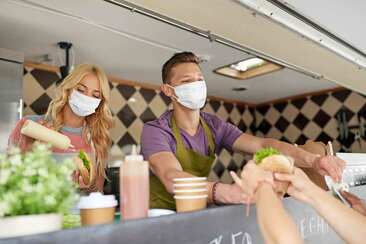
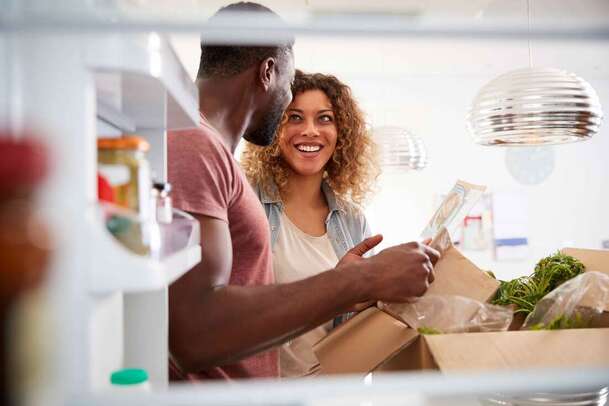
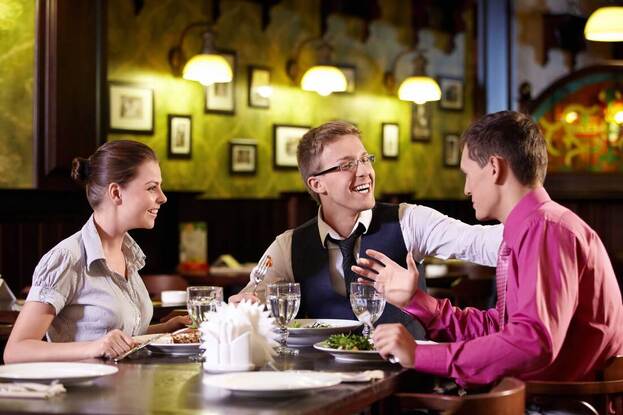
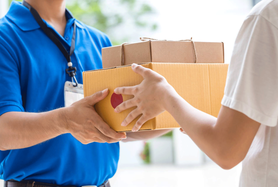
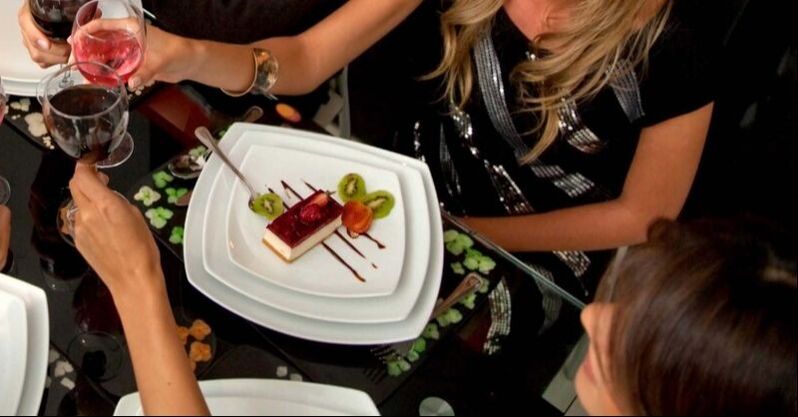

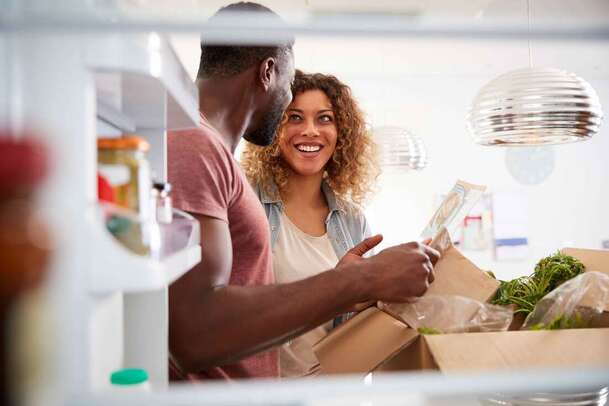

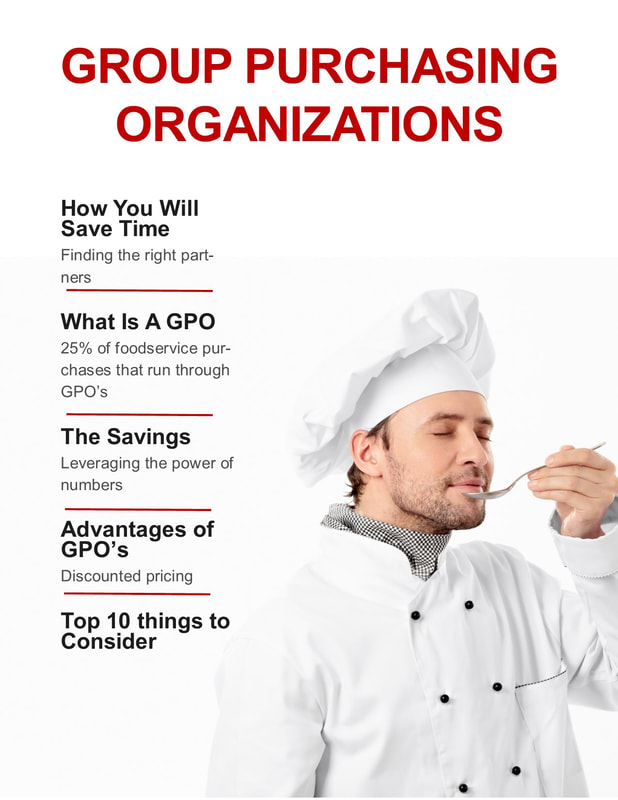

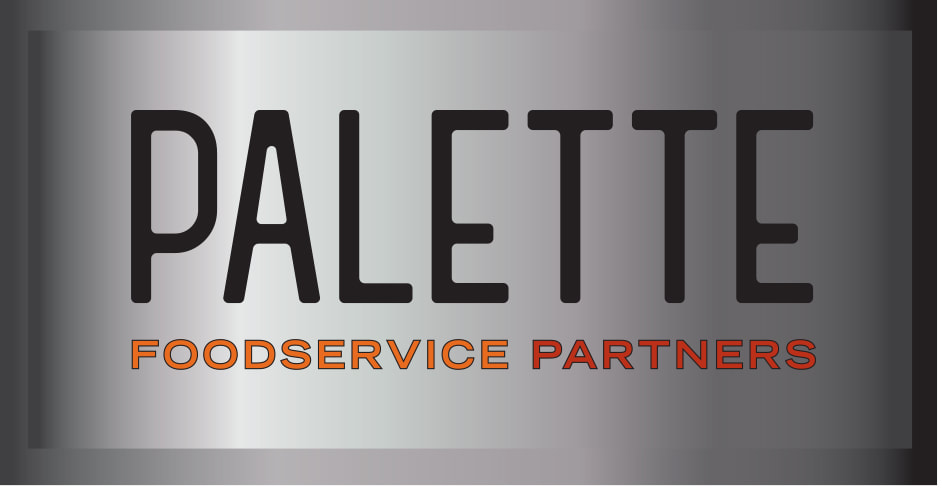
 RSS Feed
RSS Feed